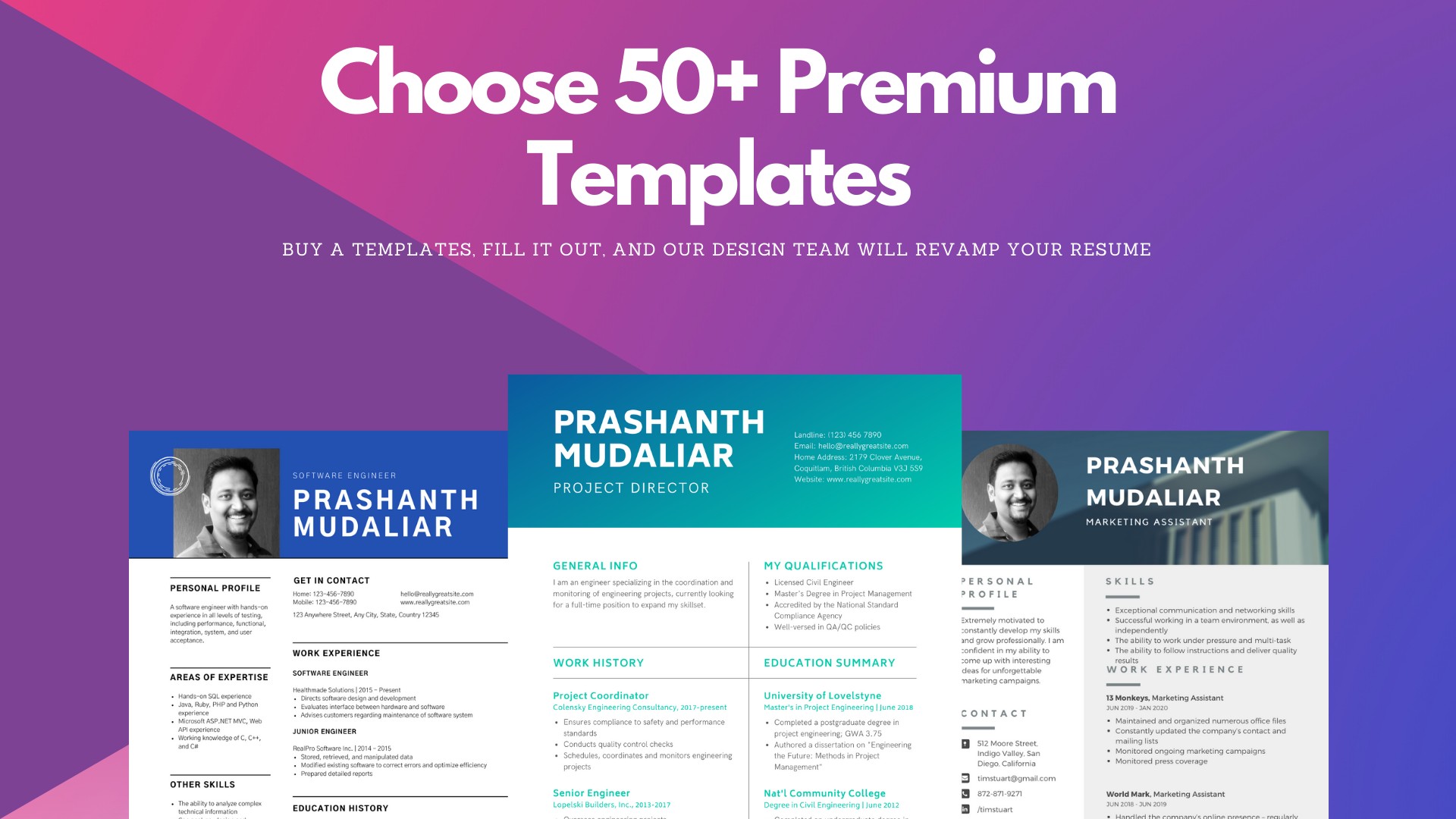

How to write a great resumé in 2021

Single page or multi-page? Photo vs no photo? PDF vs Word document?
I'm sure I'm not the only one who feels a bit hot and sweaty at the mere thought of resumés and cover letters.
We've all wondered if arbitrary page limits are a thing of the past, whether corporate buzzwords help or hinder, and if prospective employers really care about your epic skills running the "drive thru" shift at your first job.
The lack of hard and fast rules for what constitutes a good application makes resumé writing a minefield in an already fierce job market. Thankfully I've dug out some golden nuggets from the pros to find out what belongs on a modern resumé.
"The one-page resumé rule is a myth,
Phew, the days of size 8 font and miniscule line spacing are over, my friends. the length of your resumé should really be guided by how much valuable information you have to offer.
If you don't have loads of experience, don't stretch it out for the sake of it. But, if you've got relevant skills and experience to convey, go for it — within reason!
When it comes to design, don't try and be too clever.
"Candidates get too focused on standing out from other applicants," which leads to unnecessary visuals that can be distracting,
All that does is "makes it harder for a recruiter to understand what's going on".
The one-page rule might be a thing of the past, but recruiters and hiring managers seem to agree that the first half page of your resumé is your golden opportunity.
"The first half page is the most critical real estate you have, so that should be used to make the most impact.
Nick Berman, partner at creative recruitment firm Sterning Group concurs, explaining that a "primary introduction" to open your resumé is a great opportunity to sell yourself and "create some energy".
That first half page is what catches the eye of the reader upon that all-important first glance.
I'd always wondered how long recruiters spent reading resumés, but it wasn't until my own experience hiring at work that I truly understood the impact of a great first impression — or perhaps I should say the consequences of a bad one.
I've seen everything from oddly named resumé file names to misspelled email addresses — ahem, gnail.com — and so often these mistakes are surrounded by claims of excellent attention to detail.
While they're only small errors, in a competitive market when hiring managers are time poor and inundated with applications, if your first impression doesn't land, it could mean missing out.
hyperlinks are a great opportunity to build out the picture you're painting with your resumé.
You can use links to reference your work, media mentions, or external content that helps contextualise your professional profile.
"You can link out to your LinkedIn profile, or LinkedIn recommendations, which can really help make a great first impression.
Selling ourselves can feel icky, but you have to embrace the fact that your resumé is "a sales tool".
You're selling yourself as an ideal "solution" to the "problem" the role is presenting.
"[Recruiters are] trying to correlate what you've done with this potential new role,
You can do this by using words that align yourself and your skills with the role you're applying for.
Look to the job advertisement, or even get on the phone with the listed contact to get some more information. Then, speak to that in your resumé language and tone.
Another helpful way to help forge that "perfect match" between you and the role is to adapt each resumé ever so slightly.
Experts suggests listing out 15-20 key skills or attributes in a separate document, and using each resumé to hero the five that are most relevant to that role.
Then, use the subsequent experience sections to "put meat on the bones" of the story you're telling.